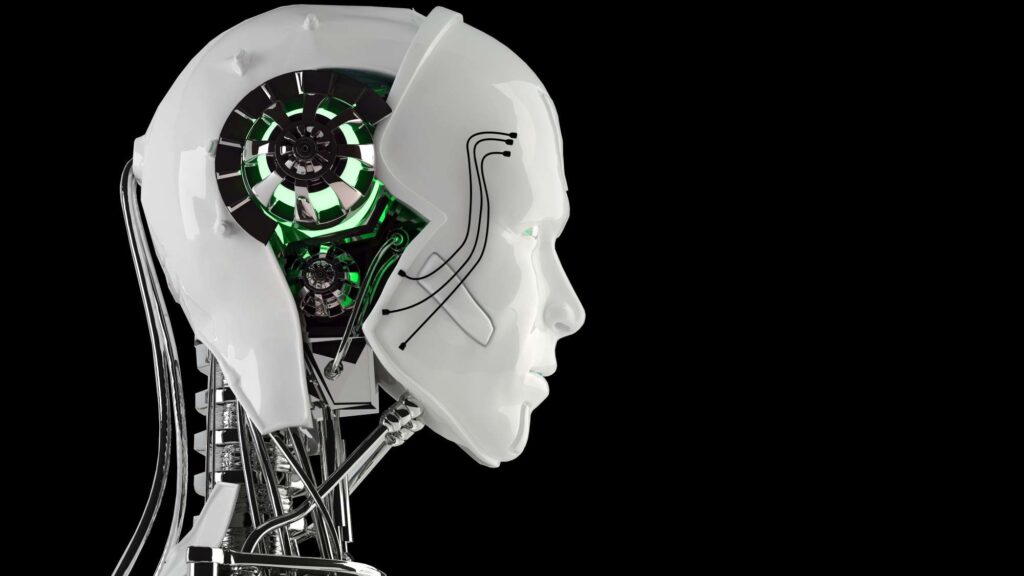As the autonomous revolution takes hold across industries—from automotive to aerospace and beyond—the importance of reliable and precise electromechanical components comes sharply into focus. Electromechanical servo actuators stand at the forefront of this technological transformation, providing the necessary motion control to enable a wide range of autonomous capabilities. This article delves into the pivotal role these actuators play in the development of autonomous systems, examining their contributions to innovation and operational excellence.
Fundamentals of Electromechanical Servo Actuators:
Electromechanical servo actuators convert electrical energy into controlled mechanical motion. They typically consist of an electric motor, a feedback sensor, and a sophisticated control system that adjusts the motor’s output based on feedback from the sensor. This setup allows for precise control of position, speed, and torque.
- Key Components:
- Motor: Often a brushless DC motor for its high efficiency and reliability.
- Sensor: Commonly a rotary encoder or a potentiometer that provides real-time feedback for positional accuracy.
- Controller: Uses algorithms to process the sensor data and adjust the motor’s operation to achieve the desired motion.
Technological Advantages in Autonomous Applications:
The high degree of control offered by servo actuators is essential for applications that demand exact movements and repeatable performance, crucial in autonomous systems where precision equates to safety and effectiveness. Servo actuators can adjust their position and speed very quickly, a necessary attribute in dynamic environments like autonomous vehicles navigating urban settings or robotic arms in manufacturing facilities. Advanced servo actuators integrate seamlessly with artificial intelligence systems and the Internet of Things (IoT), allowing them to not only execute precise movements but also collect and analyze data to optimize performance and predict maintenance needs.
Applications Driving the Autonomous Revolution:
In autonomous vehicles, servo actuators control steering mechanisms, throttle controls, and braking systems, all without human intervention. Used in drones and other unmanned aerial vehicles (UAVs), servo actuators control flaps, rudders, and other critical flight control surfaces. Robots equipped with servo actuators perform complex assembly tasks, combine high speed with precision, and adapt to varying operational needs without sacrificing efficiency.In medical robotics, such as surgical robots, servo actuators facilitate intricate movements that must be performed with extreme accuracy.
Challenges and Future Prospects:
Despite their advantages, the integration of electromechanical servo actuators into autonomous systems is not without challenges. Issues such as heat generation, energy consumption, and wear under high-load conditions need continuous technological advancements to overcome.
Ongoing research and development are likely to produce even more robust and efficient actuators. Innovations may include new motor technologies, better materials for components, and more sophisticated control algorithms that enhance responsiveness and energy efficiency.
Electromechanical servo actuators are critical enablers of the autonomous revolution, offering the precision, reliability, and intelligent integration required for the next generation of autonomous systems. As technology evolves, these actuators will continue to play a vital role in pushing the boundaries of what autonomous systems can achieve, impacting every aspect of how industries operate and deliver products and services. The future of autonomy relies heavily on advancements in actuator technology, promising a landscape where the integration of mechanical and digital systems creates unprecedented levels of automation and efficiency.
